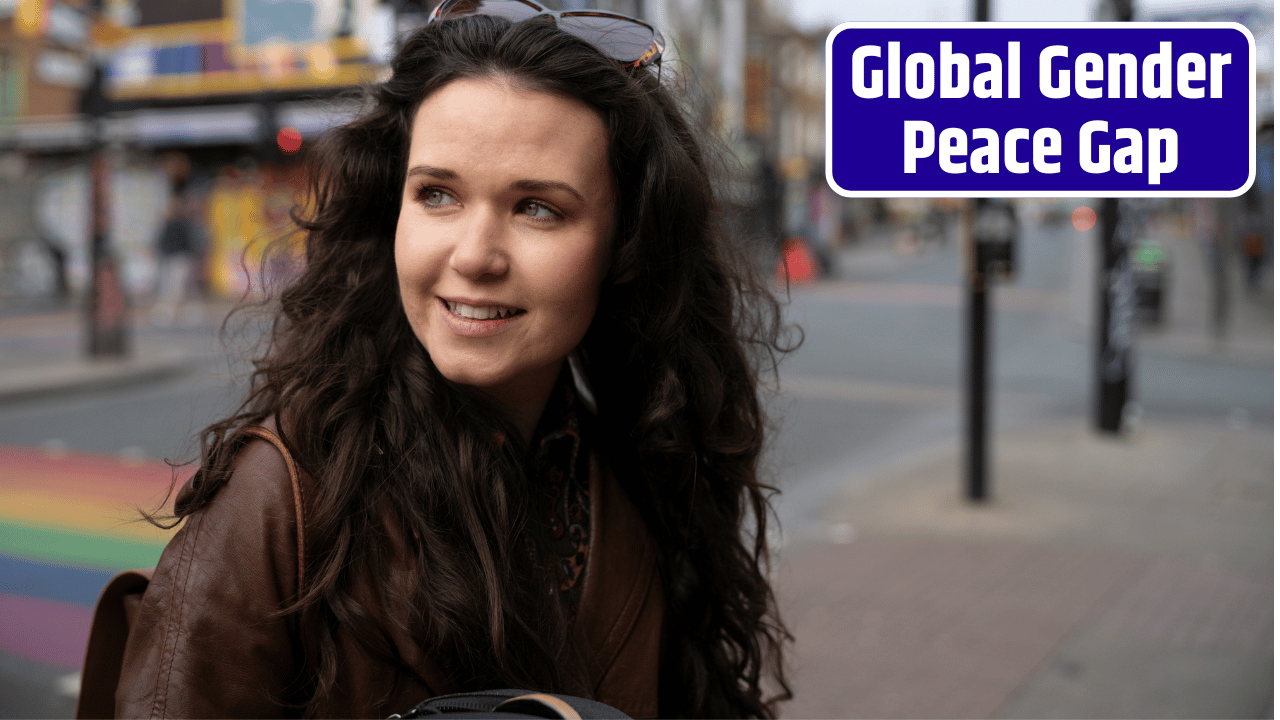So here’s the punchline, if you can call it that: A brand-new global report just dropped and confirmed what most of us already suspected—peace talks are still pretty much a men’s-only club.
We’re not just talking about imbalance. We’re talking about deep, institutional exclusion. Women are routinely shut out of the rooms where war ends and peace begins. And even when they are invited, it’s often in symbolic roles—brought in at the tail end, with no real power, no vote, and no say.
This isn’t just old-school sexism. It’s strategic self-sabotage.
Table of Contents
The Numbers Are In—and They’re Brutal
According to the 2025 UN Women and Centre for Inclusive Peace global report, the gender gap in peace negotiations remains massive and deeply entrenched:
| Metric | 2024 Global Average |
|---|---|
| Women negotiators in major peace processes | 8% |
| Women signatories in peace agreements | 6% |
| Peace talks with any female mediators | Less than 14% |
| Global peace funding directed to women’s groups | <1% |
Let that sink in. We’re living through a time of record-breaking conflict—Ukraine, Sudan, Myanmar, Gaza, Haiti—and yet, the people most affected by war are barely present at the tables where futures are being decided.
And this isn’t just a case of “more women would be nice.” It’s a case of peace being weaker, shorter, and less just when women are excluded.
The Cost of Leaving Women Out
Let’s be blunt. Peace agreements that ignore gender issues are more likely to collapse. Full stop.
Women consistently raise the long-term needs of communities—reconciliation, education, trauma healing, economic rebuilding. The hard stuff. The slow stuff. The stuff that actually keeps the bullets from flying again.
When they’re shut out:
- Sexual violence often goes unacknowledged and unpunished
- Land and property rights for widows and displaced women are erased
- Resources are diverted to rebuilding armies, not rebuilding lives
So if you’re wondering why some peace deals unravel within a few years? Start there.
Why Is This Still Happening?
Three big reasons:
- Patriarchal Power Structures:
Most national governments and rebel groups are still male-dominated. They see women as irrelevant to the “hard politics” of war and peace. The old “she wouldn’t understand military strategy” excuse is alive and well. - Informal Roles = Invisible Work:
Women often lead community-level peacebuilding—facilitating dialogues, securing safe zones, reintegrating former combatants—but because they’re not wearing suits and speaking at podiums, their contributions get ignored. - Funding Gaps That Speak Volumes:
The report notes that less than 1% of peace and security funding supports women-led organizations. That’s not just neglect. That’s intentional disempowerment.
Some Countries Are Doing Better (Sort Of)
There are glimmers of hope. A few nations and peace processes have shown that it’s possible to close the gap—if there’s political will.
- Colombia’s 2016 peace deal is still hailed as one of the most gender-inclusive in history, with strong language on women’s rights, rural reform, and sexual violence justice.
- Liberia and Rwanda continue to build on women’s leadership in post-conflict governance.
- Fiji’s National Action Plan, launched in 2023, includes specific commitments to women-led security strategies.
But these are the outliers. The global average remains stuck. In some places, we’re even regressing—especially in conflict zones where authoritarian regimes are cracking down on civil society.
Here’s the Ugly Irony
The same women who warn early, mediate quietly, and rebuild communities after the bombs fall are the ones shut out of formal processes.
And yet, the research is clear:
When women participate meaningfully, peace agreements are 64% less likely to fail.
So why aren’t we making this the default?
What Needs to Change—Yesterday
| Problem | Practical Fix |
|---|---|
| Male-dominated delegations | Mandatory gender quotas in all peace processes |
| Underfunded women’s orgs | Direct investment in grassroots peacebuilders |
| No accountability | Tie donor aid to gender inclusion benchmarks |
| Women excluded from leadership | Train and deploy more female mediators through the UN and regional bodies |
| Informal work being ignored | Elevate and document community-led peacebuilding as legitimate diplomacy |
It’s not rocket science. The tools exist. The data is in. The barrier is political will—and a global tolerance for excluding women from power, even when lives are on the line.
The next time a peace deal gets signed, look at the photo.
Who’s at the table?
If it’s all men in suits, odds are, the real work hasn’t started yet.
Because lasting peace?
It doesn’t come from top-down deals.
It comes from trust, from healing, from inclusive rebuilding.
And women have always—always—been at the center of that.
Just not where the cameras are pointing.
FAQs
Are there international laws enforcing gender inclusion in peace talks?
UN Resolution 1325 (2000) calls for women’s participation—but it’s not binding. Countries must voluntarily implement action plans.
Why do some say women don’t “belong” in high-level negotiations?
Outdated views that war and diplomacy are male domains. Also: power hoarding.
How can I support women in peacebuilding?
Donate to local women-led peace orgs, amplify their voices, and pressure governments to prioritize gender equity in foreign policy.














